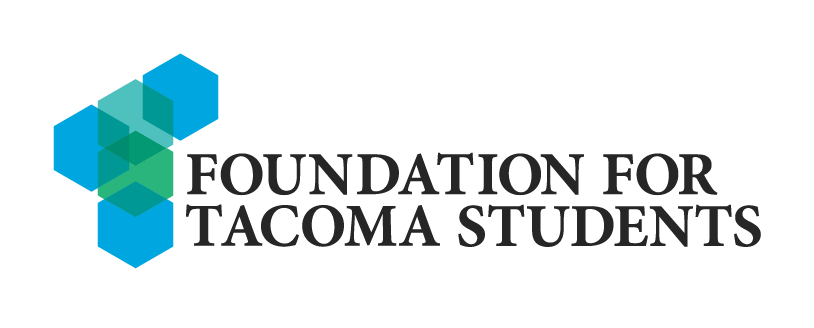
Ben Mitchell
Director of Advocacy & Policy, Foundation for Tacoma Students
Research shows that education is one of the most significant social, economic, mental, and physical health determinants. This evidence drives our understanding when addressing the lagging rates of postsecondary enrollment – demonstrating that the declining rates we see in Washington and across the country are symptoms of a larger and more complex issue related to mental health.
The pandemic highlighted the countless examples of student struggles with mental health issues. Emergency room visits for suspected suicide attempts among youth aged 12-17 increased 31% nationally between 2019 and 2020. 44% of WA high school students surveyed last year reported feeling sad or hopeless almost every day for more than two weeks during the pandemic. 27.9% reported missing school due to feeling too anxious or depressed to participate.
Last week in Olympia, the House approved SHB-1664 to address the mental health crisis impacting our youth. The bill proposes adjusting the state’s Prototypical School Allocation Formula to increase physical, social, and emotional support staff.
By the Numbers
Washington School Mental Health Landscape
- 1:1,408 ratio of school psychologists to students (recommended ratio 1:500)
- 1:14,391 ratio of school social workers to students (recommended ratio 1:250)
- 1:465 school counselors to students (recommended ratio 1:250)
The proposed funding model in SHB-1664 is a good start but insufficient if we fail to address the crippling staff shortages currently impacting school districts. Therefore, we stand with our colleagues at Committee for Children and are asking for an amendment to the bill giving school districts flexibility to use the funds on contracting services to local community partners and investing in professional development for existing school staff in culturally responsive practices.
Policies like this can scale impact when there is a consideration for – and inclusion of – the expert practitioners and programs providing student interventions beyond the four walls of a school building.
In 2021 the Foundation for Tacoma Students partnered with Pierce County to distribute funding to nonprofits and businesses throughout our region that offered enriching summer programs focusing on social, emotional learning. Although we provided grants to 28 organizations, we turned down more than 50 other applicants due to a limited funding budget. A policy change could include a permanent commitment to public funding for social-emotional and mental health program providers that complement the services available in schools and leverage partnerships with youth-serving community organizations.
In addition to funding adequacy, there’s also the issue of funding equity. For example, while SHB-1664 seeks to increase the number of guidance counselors at schools, it doesn’t consider the number of students from low-income families or the number of English language learners who may need additional and culturally responsive support.
If we’re going to close gaps, adequate and equal funding won’t cut it. We must allocate money equitably and provide resources to schools based on the needs of our students. Policies should enable schools to engage with community partners to ensure access to whole-child services, educational attainment, and economic mobility.
















